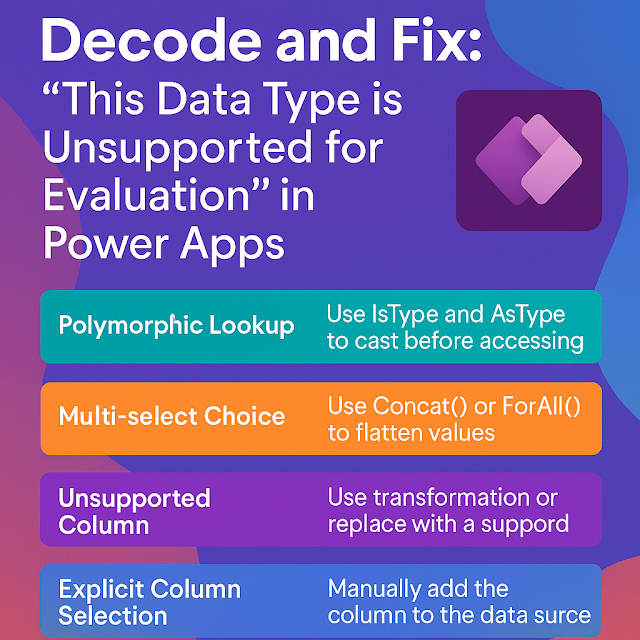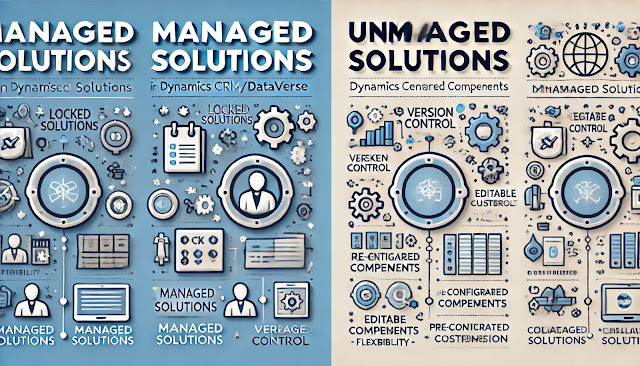Synchronize Smarter: The Power of Dual Write in Dynamics 365
Dual-write is a built-in feature that connects Customer Engagement apps with Finance and Operations apps, allowing data to move quickly between them. It helps teams across the company work better by sharing up-to-date information like customer, product, and employee data across systems.
Dual-write keeps the data in both apps in sync. If something changes in one app, it automatically updates in the other. This smooth and automatic data flow helps users work easily across both systems with consistent information.
One of the key things to understand about Dual-write is that it operates on two levels: the infrastructure aspect and the application aspect. Let’s explore what each of these means and why they are important.
Infrastructure Aspect: The Technical Backbone
The infrastructure aspect refers to the underlying technology that makes Dual-write possible. It is the engine that powers the communication between the Dataverse (used by CE apps) and the F\&O database.
Key Roles:
- Establishes secure, real-time connections between the two environments.
- Handles data synchronization behind the scenes using APIs and integration services.
- Manages reliability, performance, error tracking, and retry mechanisms.
- Supports scalability as data volumes and business complexity grow.
Think of the infrastructure aspect as the “plumbing” that connects both sides—moving data quickly and reliably every time a record is created or updated.
Application Aspect: The Business Mapping Layer
The application aspect is all about the data and how it’s used across both platforms. This includes the prebuilt entity maps, templates, and field-level configurations that Microsoft provides as part of the Dual-write solution.
Key Roles:
- Provides ready-to-use mappings for common business tables like Customers, Vendors, Products, Projects, and more.
- Defines how data is transformed, matched, and synchronized between CE and F\&O.
- Allows customization to meet unique business needs, including mapping custom fields and creating new integrations.
This is the layer where business logic comes into play—deciding what data should sync, how it should be formatted, and which records should be included or excluded.
Why It Matters
Understanding these two aspects is crucial for architects, admins, and developers. While the infrastructure ensures your data is moving fast and securely, the application aspect makes sure the right data is flowing in the right way.
By working together, these two components of Dual-write help organizations create a unified data experience across customer and operational systems, enabling smarter decisions and smoother processes.
- Provides tightly coupled, bidirectional, and near-real-time integration between Finance & Operations apps and Customer Engagement apps.
- Serves as a unified platform, allowing different Dynamics 365 applications to work seamlessly as one business solution.
- Automatically syncs core business data—such as customers, products, projects, operations, and IoT—into Dataverse, enabling Power Platform scenarios.
- Follows a no-code/low-code framework, making it easy to extend or customize data mappings with minimal technical effort.
- Supports both online and offline modes—uniquely offered by Microsoft—ensuring flexibility and continuity across environments.
- Automates real-time data flow between customer engagement (CE) apps and finance & operations (F&O) apps.
- Includes two AppSource solutions installed on Dataverse, extending table schemas, plugins, and workflows to support ERP-scale data.
- Developers and architects must understand these extensions and collaborate with F&O teams for successful implementations.
- Dual-write introduces important schema changes in Dataverse to align with finance and operations apps.
- Understanding these changes helps reduce future redesign or development rework.
- New entities like "company" and "party" are added to Dataverse during installation.
- These allow seamless interaction across Dynamics 365 apps such as Sales, Marketing, Customer Service, Field Service, and F&O apps.
- Activities and notes are enhanced to support both internal users (C1s) and external customers (C2s).
- Dual-write allows extending currency precision to 10 decimal places to prevent rounding or data loss.
- Automatically translates existing currency data from money to decimal format (optional feature).
- Useful for organizations requiring high-precision currency calculations.
- Enables storing and managing past, present, and future data within the same Dataverse table.
- Supports unit conversions for products, quotes, orders, and invoices across systems.












Comments
Post a Comment